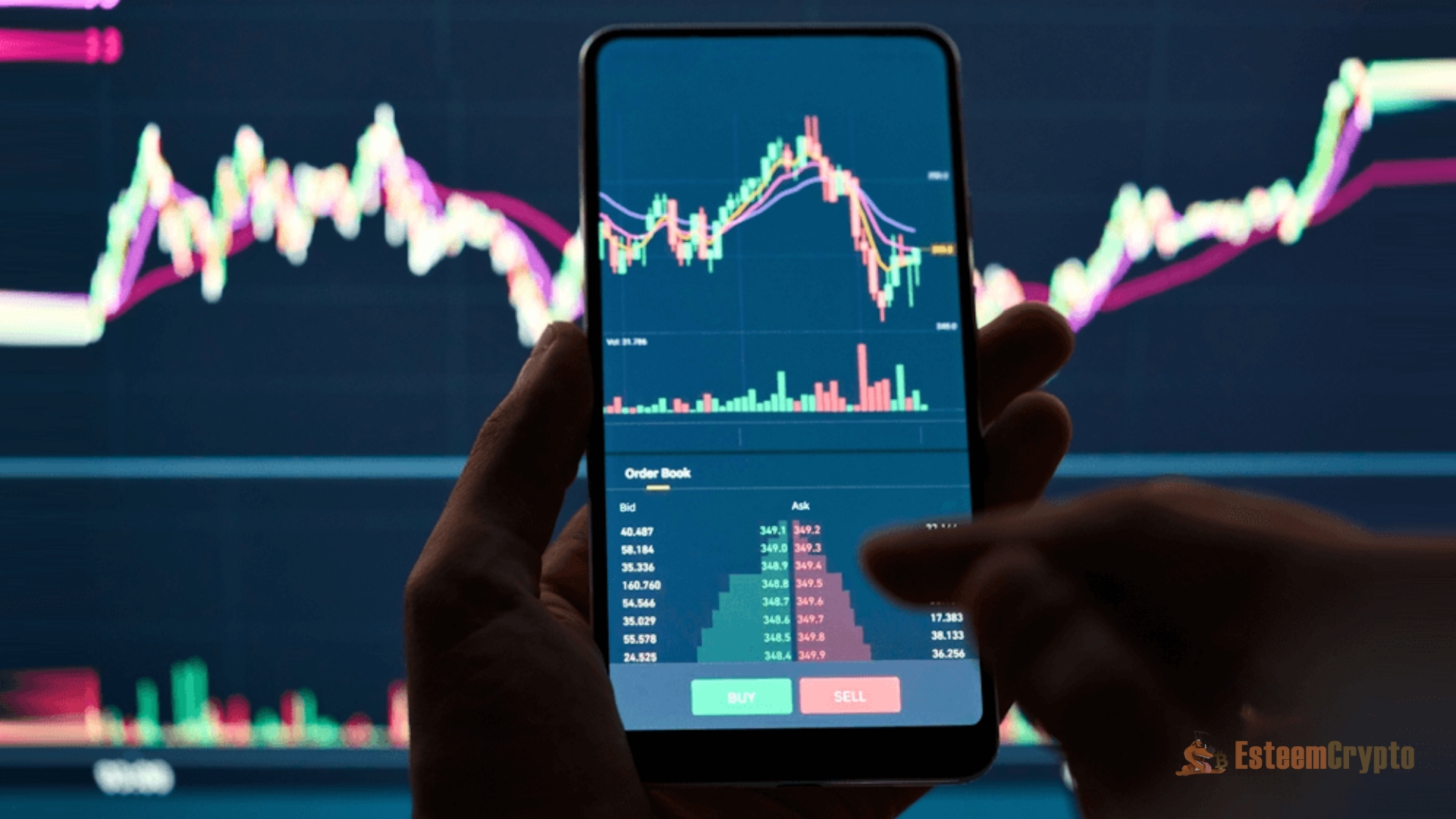Leverage Crypto Trading: Guide to Profit and Risk Management

Leverage Crypto Trading: Cryptocurrency trading has evolved dramatically over the past decade, transitioning from a niche hobby to a mainstream financial activity. One of the most potent tools traders have is leverage trading. While it offers the potential for significant profits, it also comes with substantial risks. This article explores the intricacies of leverage trading in cryptocurrency, providing insights on maximising profits while managing inherent risks.
What is Leverage Trading?
Leverage trading, or margin trading, allows traders to borrow funds to increase their trading position. This borrowed capital can amplify gains and losses, making it a double-edged sword. In cryptocurrency trading, leverage is expressed as a ratio of 10x, 50x, or even 100x, indicating how much more a trader can trade than their actual capital.
For example, if a trader has $1,000 and uses 10x leverage, they can control a $10,000 position. The gains are magnified if the cryptocurrency price moves in the trader’s favour. However, if the price moves against the trader, losses are equally amplified, potentially leading to the loss of the initial capital.
The Appeal of Leverage in Crypto Trading
Increased Profit Potential
The primary appeal of leverage trading is the potential for increased profits. With leverage, traders can capitalize on small price movements to generate substantial returns. This is particularly attractive in the volatile cryptocurrency market, where price swings can be rapid and significant.
Access to Larger Positions
Leverage allows traders with limited capital to access more prominent positions than they could otherwise afford. This can be especially useful for traders who have strong convictions about market movements but lack the funds to take full advantage of those movements.
Diversification
Using leverage, traders can diversify their investments across multiple cryptocurrencies without a large initial outlay. This can spread risk and increase the chances of profiting from market trends.
The Risks of Leverage in Crypto Trading
Magnified Losses
While leverage can magnify gains, it can also magnify losses. A slight adverse price movement can result in significant losses, potentially wiping out the trader’s initial capital. This risk is particularly pronounced in the highly volatile cryptocurrency market.
Liquidation Risk
When trading with leverage, the risk of liquidation is ever-present. If the market moves against a leveraged position, the trader’s margin (initial capital) may not cover the losses, leading to a forced liquidation. This can result in the loss of the entire margin and, in some cases, additional debt if the losses exceed the margin.
Market Volatility
The cryptocurrency market is known for its extreme volatility. While this can create profit opportunities, it also increases the risk of sudden and significant price movements that can quickly turn a profitable trade into a losing one.
Strategies for Successful Leverage Trading
- Risk Management: Effective risk management is crucial when trading with leverage. Traders should never risk more than they can afford and always use stop-loss orders to limit potential losses. Avoiding over-leveraging, which increases liquidation risk, is also essential.
- Start Small: For those new to leverage trading, it’s advisable to start with low leverage ratios, such as 2x or 3x, and gradually increase as they gain experience and confidence. This approach helps traders familiarize themselves with the dynamics of leverage trading while minimizing potential losses.
- Stay Informed: The cryptocurrency market is influenced by various factors, including regulatory developments, technological advancements, and macroeconomic trends. Staying informed about these factors can help traders anticipate market movements and make informed trading decisions.
- Diversify: Diversification can help mitigate risk in leverage trading. By spreading investments across multiple cryptocurrencies, traders can reduce the impact of adverse price movements in a single asset. This strategy can also provide exposure to different market trends and opportunities.
- Use Technical Analysis: Technical analysis is a valuable tool for leverage traders. By analyzing price charts, trading volumes, and other market data, traders can identify potential entry and exit points and trends and patterns that may indicate future price movements.
- Stay Calm and Disciplined: Emotional trading is one of the biggest pitfalls in leverage trading. The high stakes can lead to impulsive decisions driven by fear or greed. Successful traders maintain discipline, stick to their trading plan, and avoid rash decisions based on short-term market fluctuations.
Platforms for Leverage Trading
Numerous cryptocurrency exchanges offer leverage trading, each with features, leverage limits, and fees. Some of the most popular platforms include:
- Binance: One of the largest cryptocurrency exchanges globally, Binance offers leverage trading with up to 125x leverage on certain assets. The platform is known for its liquidity, wide range of trading pairs, and user-friendly interface.
- Bybit: Bybit is a derivatives exchange that offers leverage trading with up to 100x leverage on Bitcoin and other cryptocurrencies. The platform is famous for its speed, reliability, and advanced trading features.
- Kraken: Kraken is a well-established exchange that offers leverage trading with up to 5x leverage on various cryptocurrencies. The platform is known for its security, regulatory compliance, and range of trading tools.
- BitMEX: BitMEX is a derivatives trading platform that offers up to 100x leverage on Bitcoin and other cryptocurrencies. The platform is known for its advanced trading features and high liquidity but has recently faced regulatory scrutiny.
Conclusion
Leverage trading in the cryptocurrency market offers the potential for substantial profits, but it also comes with significant risks. Traders who use leverage must do so cautiously, employ effective management strategies, stay informed, and maintain discipline in their trading approach. By understanding the dynamics of leverage trading and the risks involved, traders can maximize their chances of success in this exciting and rapidly evolving market.




